Deck & Commander Strategies
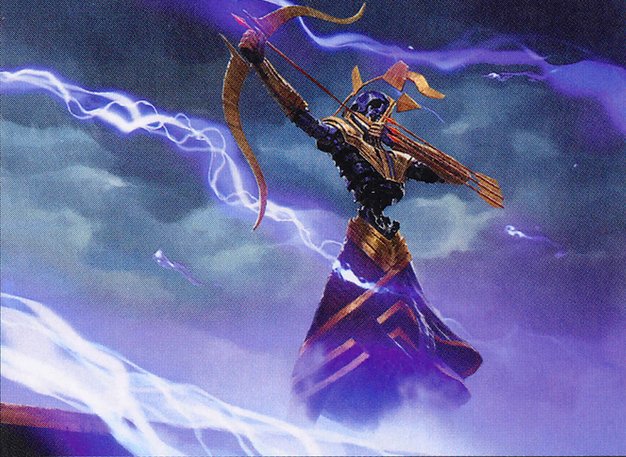
God-Eternal Oketra
Generate a large number of tokens to overwhelm opponents, leveraging anthem effects and synergy to build a wide, resilient board.
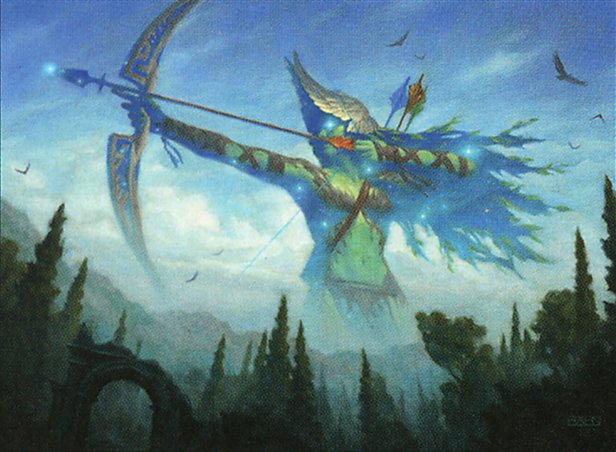
Nylea, God of the Hunt
Reduce the mana cost of big creatures to cheat them into play early, focusing on ramp and creature-based damage to outpace opponents.
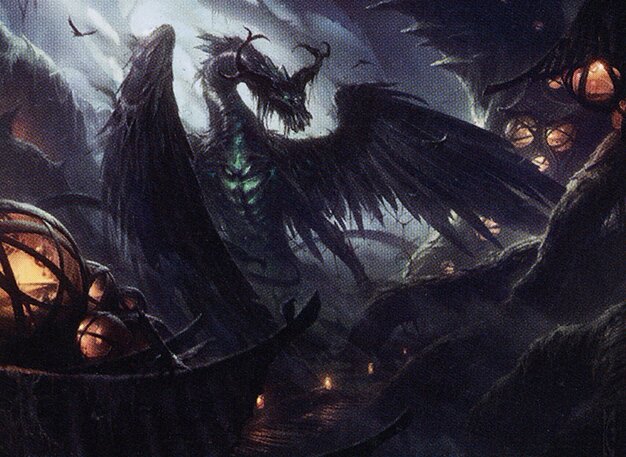
Beledros Witherbloom
Utilize sacrifice outlets and graveyard interactions to gain incremental value, control the board with removal, and stabilize through life gain and card draw.

Shadrix Silverquill
Employ a mix of removal and disruption spells alongside card draw engines to control the pace of the game and support teammates.
Gameplay Insights
- 1
Using Sword of the Animist to trigger land drops accelerated the tempo of the token deck and helped secure board presence early.
- 2
Fateful Absence was effectively used to remove a key ramp creature, slowing down the opponent's mana development.
- 3
Field of Ruin was strategically sacrificed to disrupt non-basic lands, forcing both teams to adjust their mana bases.
- 4
The use of sacrifice outlets by Beledros Witherbloom enabled value generation and graveyard interactions, maintaining pressure despite board wipes.
- 5
Careful blocking decisions minimized damage taken while maximizing board control during combat phases.
- 6
The interaction between Thriving Inspector and clue tokens provided additional card advantage to the Nerds, enhancing their resilience.
Notable Cards
-
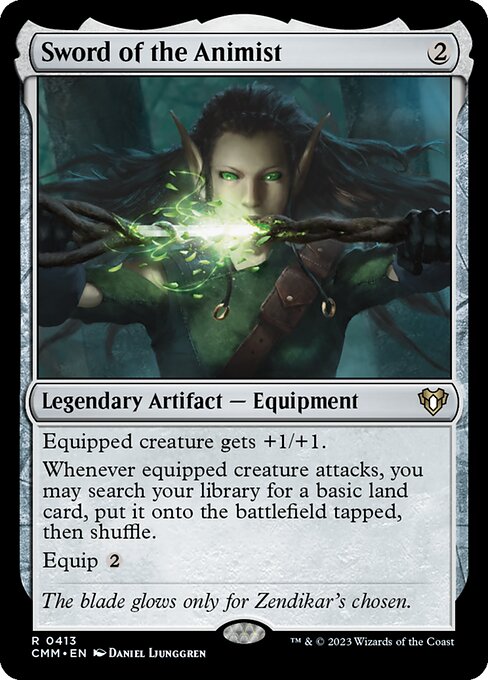
Sword of the Animist
-
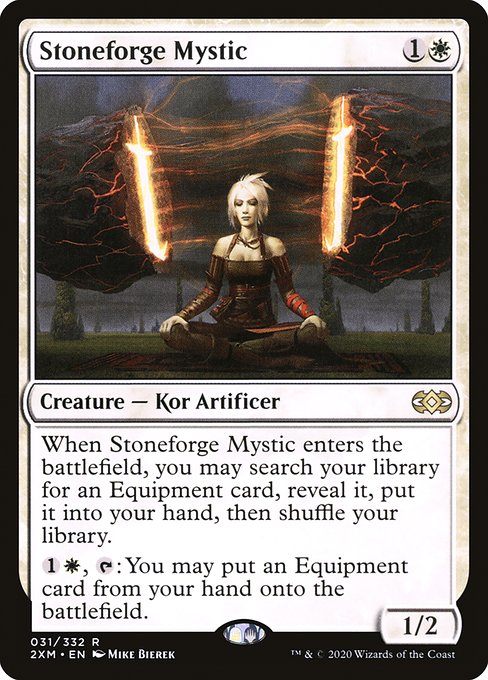
Stoneforge Mystic
-
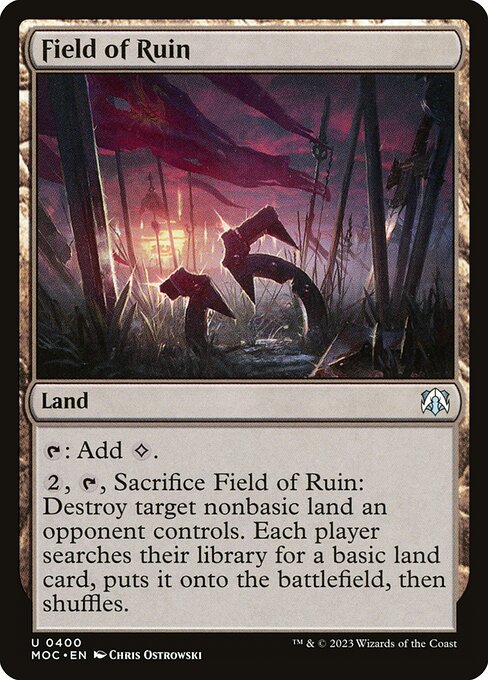
Field of Ruin
-
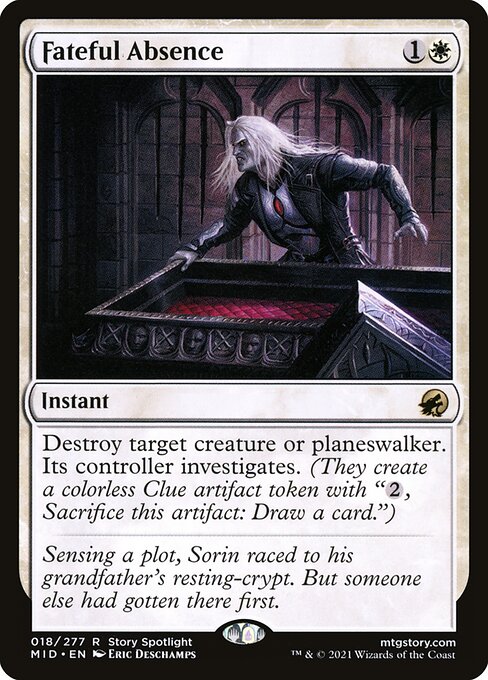
Fateful Absence
-
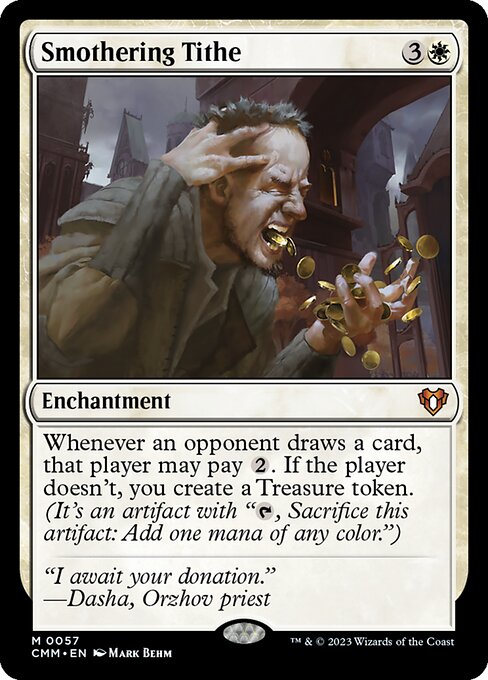
Smothering Tithe
-
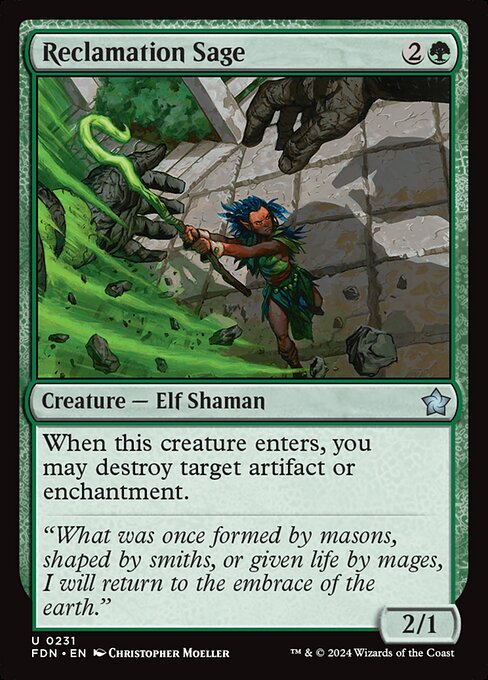
Reclamation Sage
-

Skullclamp
Gameplay Summary
The Two-Headed Giant match featured two teams: the Nerds piloting God-Eternal Oketra and Nylea, God of the Hunt, and Topdeck Studios with Beledros Witherbloom and Shadrix Silverquill.
Early in the game, the Nerds focused on establishing board presence with token generators and ramp, with Oketra producing numerous creatures and Nylea cheating big creatures into play.
Topdeck Studios responded by deploying removal and disruption, such as Fateful Absence to take down key threats like Stoneforge Mystic, and utilized sacrifice effects with Field of Ruin to disrupt mana bases.
Both teams jockeyed for board control, with the Nerds assembling powerful creatures supported by cost reduction and card draw engines, while Topdeck Studios applied pressure through efficient creature plays and incremental value from sac outlets and artifact synergies.
A key moment came when the Nerds leveraged Sword of the Animist and Thriving Inspector interactions to accelerate their tempo, while Topdeck Studios countered with well-timed removal and board wipes.
Combat was tense, with strategic blocking and attacking decisions reflecting the team dynamics.
The game showcased a classic clash of aggressive token strategies and creature cheat-in tactics from the Nerds versus the grind and disruption capabilities of the Topdeck Studios dragons and gods.


















![Beledros vs Galazeth vs Tanazir vs Shadrix [Strixhaven Commander/EDH Gameplay Garbage Fire] 2021 thumbnail](https://i.ytimg.com/vi/LSzSQR1ZqWc/sddefault.jpg)
![Tanazir vs Shadrix vs Beledros vs Galazeth [Strixhaven Commander/EDH Gameplay] 2021 thumbnail](https://i.ytimg.com/vi/bnaLsFtOZzs/sddefault.jpg)







![Commander VS S16E2: God-Eternals Battle [EDH Gameplay] thumbnail](https://i.ytimg.com/vi/G6rgYI5pb94/sddefault.jpg)










